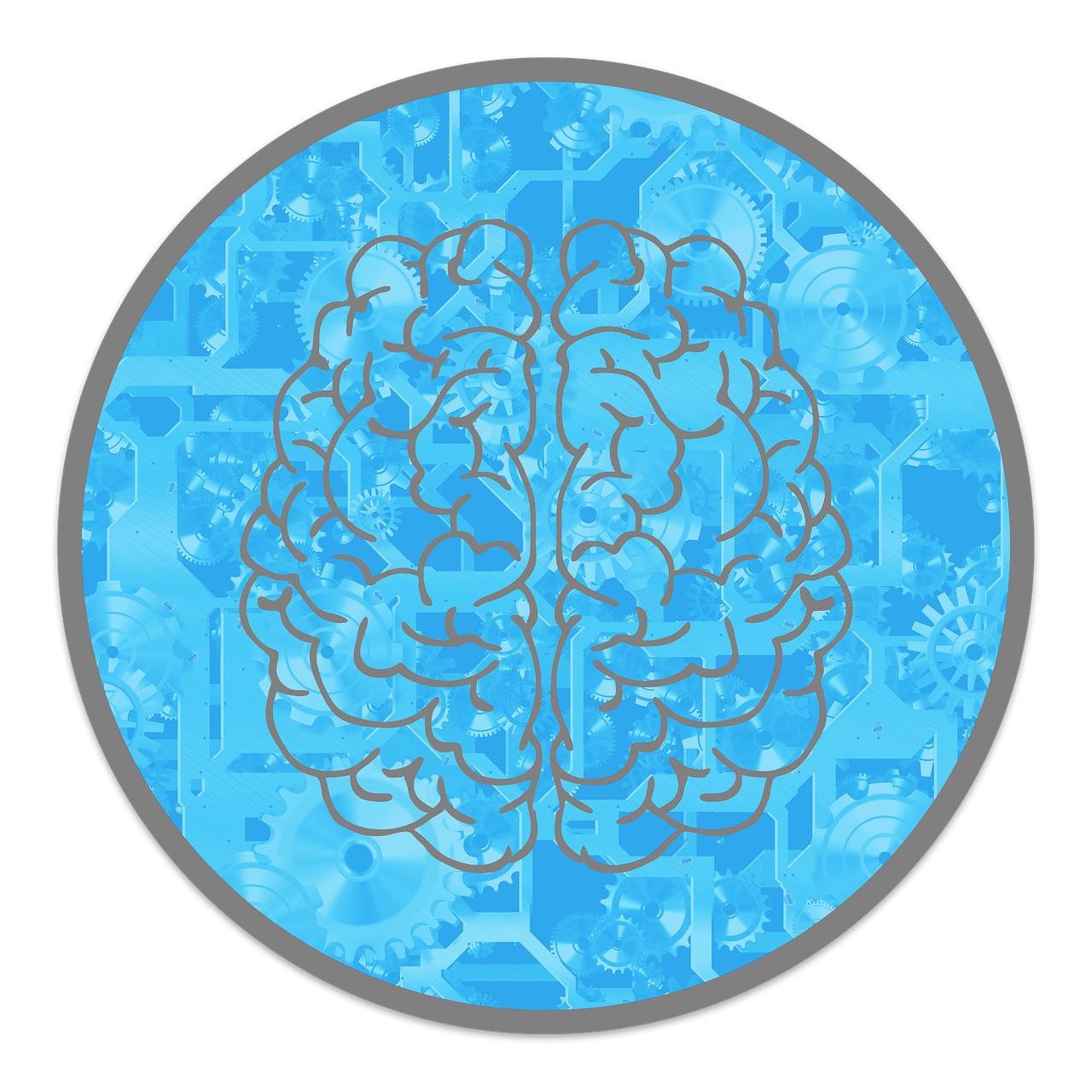
Brain disorders—from neurodegenerative diseases like Alzheimer’s to aggressive cancers like glioblastoma—affect millions globally, often with limited treatment options.
As technology evolves, artificial intelligence (AI) has emerged as a transformative force in neurology and neuro-oncology, offering hope for faster diagnoses, personalized therapies, and even cures.
But can AI truly cure brain disorders?
Let’s explore the possibilities, challenges, and groundbreaking innovations shaping this frontier.
The Global Burden of Brain Disorders
Brain disorders are a major health challenge worldwide, causing disability and taking millions of lives each year.
Consider these alarming facts:
- Glioblastoma, one of the deadliest brain tumors, has a 5-year survival rate of just 6.9%.
- Alzheimer’s disease affects over 33 million people globally, and that number is expected to triple by 2050.
- Stroke is the second-leading cause of death worldwide, responsible for 11.6% of all deaths each year.
These numbers highlight the urgent need for better treatments and solutions.
This is where AI (Artificial Intelligence) comes in—helping researchers analyze massive amounts of data, detect hidden patterns, and speed up medical breakthroughs.
With AI-driven insights, we move closer to earlier diagnoses, better treatments, and ultimately, saving lives.

How AI Is Revolutionizing Brain Disorder Management
Early Detection and Diagnosis
Detecting brain disorders early can make a huge difference in treatment and survival.
AI is revolutionizing diagnosis by analyzing medical images and biomarkers faster and more accurately than traditional methods.
Here’s how:
- Gliomas (brain tumors): AI can detect key molecular features—like IDH mutations—from MRI scans, reducing the need for risky and invasive biopsies.
- Alzheimer’s disease: Machine learning models analyze brain scans and genetic data to predict Alzheimer’s years before symptoms appear, giving doctors a head start on treatment.
- Stroke: Deep learning (DL) models can accurately identify stroke lesions on CT scans with 90% accuracy, allowing doctors to act quickly and improve outcomes.
A 2024 study found that AI reduced diagnostic errors in neuroimaging by 40% compared to human radiologists.
Personalized treatment planning
Every patient is different, and AI is helping doctors customize treatments by analyzing genetic, imaging, and medical data.
Here’s how AI is making treatments more effective:
- Targeted cancer treatment: For glioblastoma, AI predicts how a tumor will respond to chemotherapy by analyzing MGMT promoter methylation, helping doctors choose the best approach.
- Neurodegenerative diseases: AI-powered platforms, like digital twins, create virtual models of a patient’s disease, allowing doctors to test different drug combinations before prescribing them.
- Stroke rehabilitation: AI tracks recovery patterns and designs personalized rehab programs, improving motor function by 30%—helping stroke survivors regain movement faster.
By using AI to tailor treatments to each patient’s needs, doctors can improve outcomes and give patients more effective, targeted care.
Drug discovery and development
Developing new drugs the traditional way takes 10 to 15 years, but AI is changing the game by making the process faster and more efficient.
Here’s how:
- Screening millions of compounds: AI can quickly analyze millions of potential drug compounds to find those with neuroprotective properties, saving years of research.
- Predicting drug safety: AI-powered models can predict toxicity before human trials begin, reducing the chances of harmful side effects.
- Finding new uses for existing drugs: AI helps identify repurposed drugs that could treat rare brain cancers, like those being tested in glioblastoma trials.
In 2024, an AI-designed molecule for Parkinson’s disease entered Phase I clinical trials after showing promising results in preclinical studies.
Surgical precision and non-Invasive therapies
AI is making brain surgery safer and more precise, helping doctors remove tumors with minimal damage and develop non-invasive treatments.
Here’s how:
- More precise tumor removal: AI creates detailed 3D maps of brain tumors, helping surgeons remove cancerous tissue while protecting healthy areas.
- Non-invasive treatments: AI helps guide focused ultrasound therapy, a technique that targets specific brain regions in epilepsy patients without surgery.
In 2023, a clinical trial found that AI-assisted tools improved glioma removal accuracy by 25%, leading to better surgical outcomes.

Case Studies: AI in Action
Case 1: AI vs. Glioblastoma
In a 2024 study published in Nature, researchers developed an AI model that could predict glioblastoma recurrence 6 months earlier than traditional methods.
By analyzing MRI textures and genomic data, the AI helped doctors make timely adjustments to treatment plans.
This proactive approach led to a 15% improvement in survival rates.
AI is helping doctors stay ahead of the disease, giving patients a better chance at a longer life.
Case 2: Parkinson’s early detection
In another study, AI was used to analyze speech patterns, allowing researchers to detect Parkinson’s disease with 89% accuracy, even up to 5 years before motor symptoms like tremors appeared.
This early detection could lead to earlier interventions, improving the quality of life for those at risk.
Case 3: Stroke prognosis
An AI model trained on data from 50,000 stroke cases predicted recovery outcomes with an impressive 94% accuracy.
This allowed doctors to create personalized rehabilitation plans, ensuring that patients received the right support for their recovery.
By tailoring rehab to individual needs, the recovery process is more effective and efficient.
Challenges and Ethical Considerations
While AI offers exciting possibilities for improving healthcare, several key challenges need to be addressed:
Data quality and bias
Many AI models are built using homogeneous datasets, which can create disparities in healthcare.
For example, MGMT testing for glioblastoma may not be easily accessible to low-income patients, leading to skewed predictions by the AI.
Additionally, if training data includes racial or gender biases, it can affect the reliability of the algorithms, potentially impacting the quality of care for different groups of patients.
Regulatory and ethical risks
- Transparency: Some AI systems operate as “black boxes,” meaning it’s hard to understand how they make decisions.
- Privacy: It’s essential to have strong governance in place to protect patient privacy and ensure that data is handled responsibly.
Clinical integration
Currently, only 20% of hospitals have adopted AI tools, often due to issues with integrating these technologies into existing workflows.
Many clinicians are skeptical about AI, and concerns about liability can slow down its adoption in medical practice.

The Future of AI in Brain Health
Over the next decade, AI will continue to revolutionize brain health in exciting ways.
Here’s what we can expect:
Multimodal AI
AI will bring together data from different sources, such as brain imaging, genomic information, and real-time biomarkers, to provide a more complete picture of brain health.
This will lead to holistic insights and more accurate diagnoses.
Generative AI
Generative AI will help by creating synthetic data to fill gaps in existing datasets.
This will help researchers simulate rare brain disorders, making it easier to study conditions that are difficult to observe or measure in the real world.
Equitable access
One of the biggest goals for the future is to ensure that AI tools are accessible to everyone, no matter where they live.
By democratizing AI, we can help bridge healthcare gaps and give patients around the world access to the best treatments.
As Dr. Loveleen Gaur, a leading AI researcher, puts it:
The partnership between AI and neuroscience isn’t just about advancing technology—it’s about offering new hope for patients.

Conclusion
While AI isn’t a magic cure, it’s a powerful ally in the fight against brain disorders.
From slashing diagnosis times to enabling personalized therapies, AI is reshaping neurology.
However, success hinges on overcoming data biases, ensuring ethical use, and fostering global collaboration.
As research advances, the dream of curing diseases like Alzheimer’s or glioblastoma grows closer—one algorithm at a time.
For patients and clinicians alike, the message is clear: AI isn’t replacing human expertise but amplifying it, offering a future where brain disorders are no longer a life sentence.


